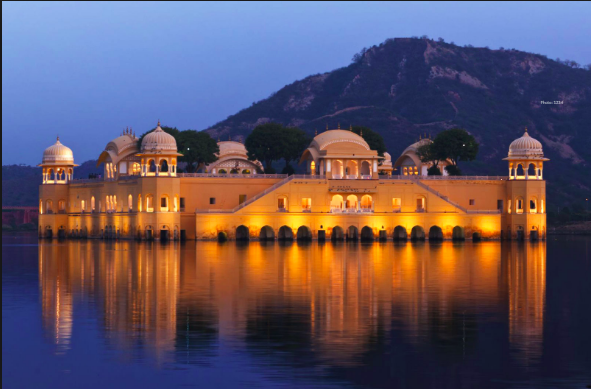An oasis in the heart of Rajasthan. A beacon of culture. A potpourri of heritage, an amalgamation of colors, culinary wonders, and charisma that you may not find in another part of India- Jaipur attracts as much as it charms.
Soon as you arrive in Jaipur, you are overtaken by an air of invincible aura; a rather princely vibe that entraps you into a world where once Maharajas and Kings, Princes and other warriors resided. It’s called the pink city perhaps for being uniquely decked with the best of color and culture that India has to offer.
But from now and till eternity, Jaipur will also be known as something equally salubrious. After all, it’s become a Unesco world heritage site. How cool is that you may wonder?
Founded in 1727 by Maharaja Sawai Jai Singh the second, Jaipur has over the course of the past several years, been one of India’s foremost tourist destination. In fact, truth be told, Jaipur happens to be one of those cities that can actually have at nearly the same time, as many tourists from within India as from the outside.
And now, the famous home of the Jal Mahal, the Hawa Mahal, the serene City Palace and hundreds of marvelous temples, Havelis, Qilas has a unique new adornment.
Among the few destinations in India that attract people from all walks of life and where there’s never a dull day, Jaipur stokes the curiosity of youngsters, the explorers, the widely travelled as well as those curious to discover themselves by discovering the world around them.
But above all, this, it must be remembered, is a city that has contributed uniquely to shaping India’s history and above all, a destination that has appealed to the wider world that often steps into India to experience that thing called Grandeur. After all, isn’t that what Rajasthan (of whose capital is this vibrant city) is about?
And must it be said, Jaipur’s sensational new feat will surely go a long way to feed the passion of the curious tourist from everywhere.
Lonely Planet, on the occasion of the fortified city being named as a Unesco World Heritage site, had an interesting assessment of one of India’s best-known cities. Read about it here:
Known as ‘the pink city’, Jaipur was founded in 1727 by Sawai Jai Singh II. According to Unesco, “Jaipur was established on the plain and built according to a grid plan interpreted in the light of Vedic architecture”. The city is known for its large public squares, with markets, stalls and temples. The design of the city combines ideas from ancient Hindu, modern Mughal and Western cultures. It follows a grid system like many western cities, but the districts refer to “traditional Hindu concepts”.


